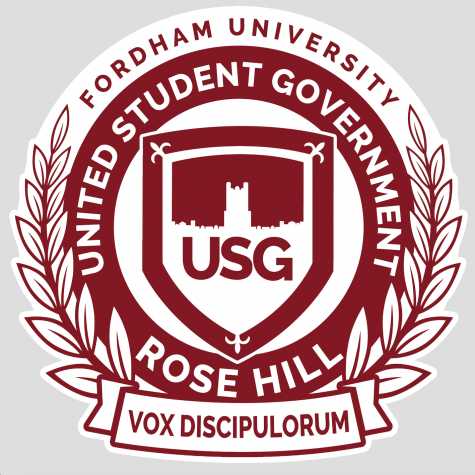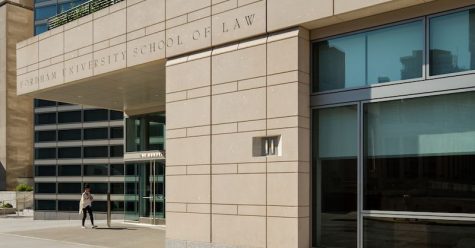Sophomore Researches Soil Composition of Trees
Courtesy of Arnav Bhatuda
For Bhutada, pictured above, working in the lab equips him with practical skills he will need as he pursues a career as a doctor. (Courtesy of Arnav Bhutada)
March 11, 2020
Arnav Bhutada, FCRH ’22, is researching the soil compositions of different types of trees and how the trees interact with their microbiota in the soil.
Bhutada researches under doctoral candidate Steve Kutos in the laboratory of James D. Lewis, Ph.D. He collects the soil of mainly oak and elm trees located around Fordham University’s Louis Calder Center. After gathering soil samples, Bhutada freezes them so that they can be studied later in Larkin Hall.
Microbiota are “ecological communities of commensal, symbiotic and pathogenic microorganism” in plants and animals, according to thescientist.com. Bhutada said he has always been interested in plants and trees, so the opportunity to study how the surrounding environments affect trees was thrilling.
The official study that Bhatuda is a part of is called “Effects of Abiotic and Biotic Factors on Soil-Fungal Community Structure at a Local Scale” as part of the Calder Forest Field Study. He is an integrative neuroscience major and is considering adding on a psychology minor.
“Right now we’re in the DNA extraction phase, so basically we take the soil samples — they’re frozen — and we let them thaw out,” Bhutada said. “We put a bunch of reagents in them to extract the DNA from the soil. That takes a long time, it’s not hard, just time-consuming. After that, to visualize the DNA and make sure we actually isolated the DNA, we run a PCR sample. Then, we can do gel-electrophoresis.”
A reagent is used to prepare the soil samples because of its biological components. A polymerase chain reaction (PCR) is a laboratory technique used to make many copies of a certain piece of DNA in a test tube, according to Khan Academy. Gel-electrophoresis is then used to separate the DNA fragments according to their size.
Bhutada said working in a lab like this gives him the practical skills needed for a career as a doctor. He has been involved in this research project since Kutos told him about it in his second semester of freshman year.
“Regardless of the research being conducted, I hope undergraduate students, including Arnav, understand they are research scientists when they walk in the lab-door, as much as I am,” said Kutos. “Additionally, I hope to provide undergrads with the opportunity to learn any research, academic and career skills they may want to be successful after graduating from Fordham, in whatever path they choose (i.e. med school, academia or industry).”
Bhutada said working with Kutos is a welcoming environment where he learns a lot.
“I’ve also learned by messing up many times, I’m not going to lie,” said Bhutada. “Steve does not get mad at me, which is nice. It’s good to know that a part of the scientific method is failure and to learn from the failure, not only how to do it right next time, but that you might get some results that could help you in the future from that failure.”
Kutos, who oversees Bhutada, looks at how forest soil-fungal composition changes as part of his Ph.D. dissertation.
“I am a fourth-year Ph.D. – hoping to defend next year,” said Kutos. “The project that Arnav is working on is associated with my second dissertation chapter. Arnav is mainly focused on the molecular and genetic methods needed to create a microbial community diversity profile within the soil. Trees have soil-microbiomes that are unique, just like our gut microbiomes, and we are exploring what factors shape these microbial communities.”
Bhutada said research is still ongoing as they have many soil samples to look at.
“Right now we’re still extracting and visualizing DNA,” said Bhutada. “Eventually we’ll start looking at which organisms the DNA is from, like fungus and bacteria and how they interact with the trees around them.”








If you want a picture to show with your comment, go get a gravatar.